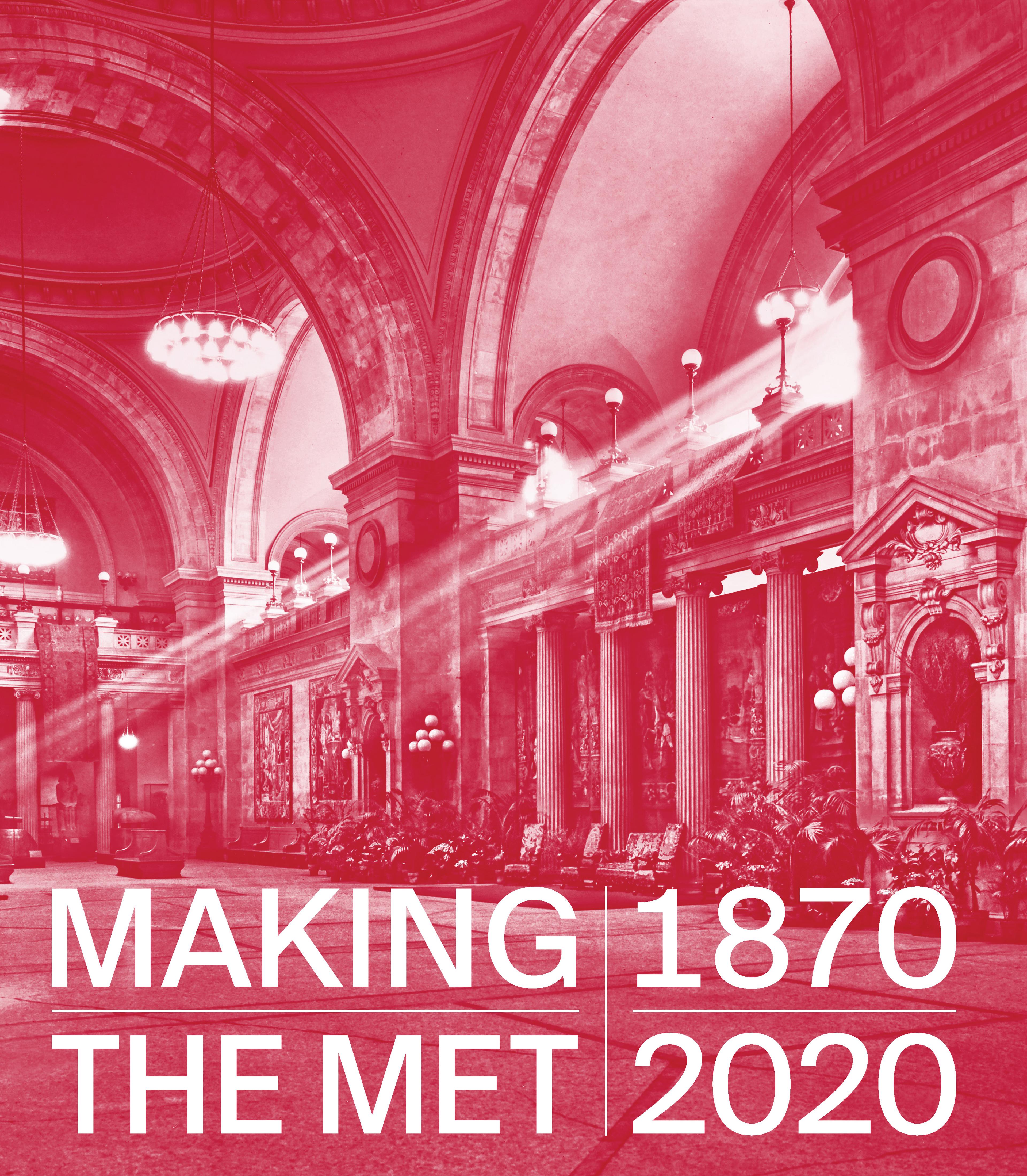English
Soap Bubbles
From a glass of soapy water, a young man blows a bubble, its iridescent, translucent surface caught in the sunlight. A child peers eagerly over the ledge without breaking the atmosphere of silent concentration. In earlier Northern European painting, this subject carried a moralizing message about the transience of life; however, Chardin’s canvas moves the register from the allegorical to the everyday. Chardin became famous for miraculous surface effects achieved through rough yet refined paint application, as seen in the central figure’s jacket, locks, forehead, and hands. He made copies of his most successful compositions: later versions of Soap Bubbles belong to the Los Angeles County Museum of Art and to the National Gallery of Art, Washington. This painting was seized by the Nazis from Jane Mannheimer in Paris and illegally purchased for the Führer Museum in 1944. It was returned to France by the Service Français de la Récupération following an agreement with the Netherlands Art Property Foundation and was restituted in or after 1948.
Artwork Details
- Title: Soap Bubbles
- Artist: Jean Siméon Chardin (French, Paris 1699–1779 Paris)
- Date: ca. 1733–34
- Medium: Oil on canvas
- Dimensions: 24 x 24 7/8 in. (61 x 63.2 cm)
- Classification: Paintings
- Credit Line: Wentworth Fund, 1949
- Object Number: 49.24
- Curatorial Department: European Paintings
Audio
5012. Soap Bubbles, Part 1
0:00
0:00
We're sorry, the transcript for this audio track is not available at this time. Please email info@metmuseum.org to request a transcript for this track.
Listen to more about this artwork
More Artwork
Research Resources
The Met provides unparalleled resources for research and welcomes an international community of students and scholars. The Met's Open Access API is where creators and researchers can connect to the The Met collection. Open Access data and public domain images are available for unrestricted commercial and noncommercial use without permission or fee.
To request images under copyright and other restrictions, please use this Image Request form.
Feedback
We continue to research and examine historical and cultural context for objects in The Met collection. If you have comments or questions about this object record, please contact us using the form below. The Museum looks forward to receiving your comments.
